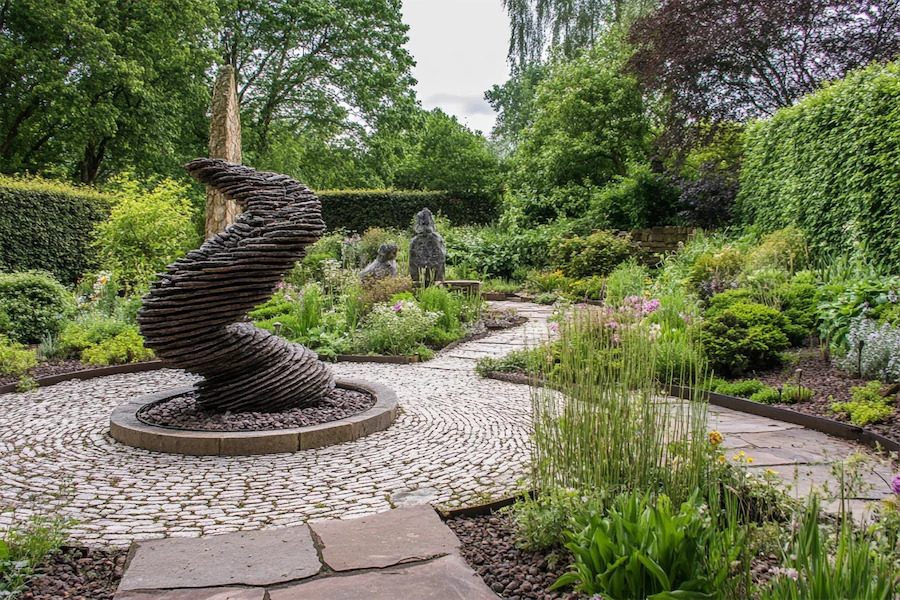A woodland garden is a cultivated space designed to emulate the natural environment of a forest, featuring a canopy of trees, an understory of shrubs, and a ground layer of herbaceous plants. This design creates a tranquil, shaded retreat that supports biodiversity and offers a serene escape from urban life.
History and Origins of Woodland Gardens
The concept of woodland gardens gained prominence in the late 18th and 19th centuries, particularly in England. Gardeners and landscape architects sought to move away from formal garden layouts, favoring more naturalistic designs that mirrored wild woodlands. This shift was influenced by a growing appreciation for nature and the desire to create serene, contemplative spaces within private estates. The style has since evolved and spread globally, adapting to various climates and native flora.
Key Features of Woodland Gardens
- Canopy Layer: Composed of mature trees that provide shade and structure. Common choices include oaks, maples, and birches, depending on regional suitability.
- Understory Layer: Consists of smaller trees and shrubs such as dogwoods, azaleas, and hydrangeas, which thrive in the dappled light beneath the canopy.
- Ground Layer: Features shade-loving perennials, ferns, and groundcovers like hostas, wildflowers, and mosses that carpet the forest floor.
- Natural Pathways: Meandering trails made from mulch or natural materials that invite exploration and enhance the woodland experience.
- Water Features: Elements like streams, ponds, or waterfalls that add to the tranquil ambiance and support local wildlife.
Applications of Woodland Gardens
Woodland gardens are versatile and can be adapted to various settings:
- Residential Landscapes: Transforming shaded areas of a yard into a woodland retreat provides a peaceful sanctuary and increases property value.
- Public Parks and Arboretums: Offering educational and recreational opportunities, these gardens serve as urban green spaces that promote biodiversity.
- Wildlife Habitats: Supporting local ecosystems by providing food and shelter for birds, insects, and small mammals.
Considerations When Choosing Woodland Gardens
- Climate and Soil: Select native plants that are well-suited to the local climate and soil conditions to ensure sustainability and reduce maintenance.
- Shade Levels: Assess the amount of light available, as this will influence plant selection and placement.
- Maintenance: While woodland gardens are generally low-maintenance, they require periodic care, such as mulching, pruning, and managing invasive species.
- Space: Consider the available area, as woodland gardens can range from small, shaded corners to expansive plots.
Conclusion
Woodland gardens offer a harmonious blend of natural beauty and ecological benefits. By mimicking forest ecosystems, they create serene landscapes that support biodiversity and provide restorative spaces for human enjoyment. Whether incorporated into residential properties or public spaces, woodland gardens serve as a testament to the enduring allure of nature-inspired design.
